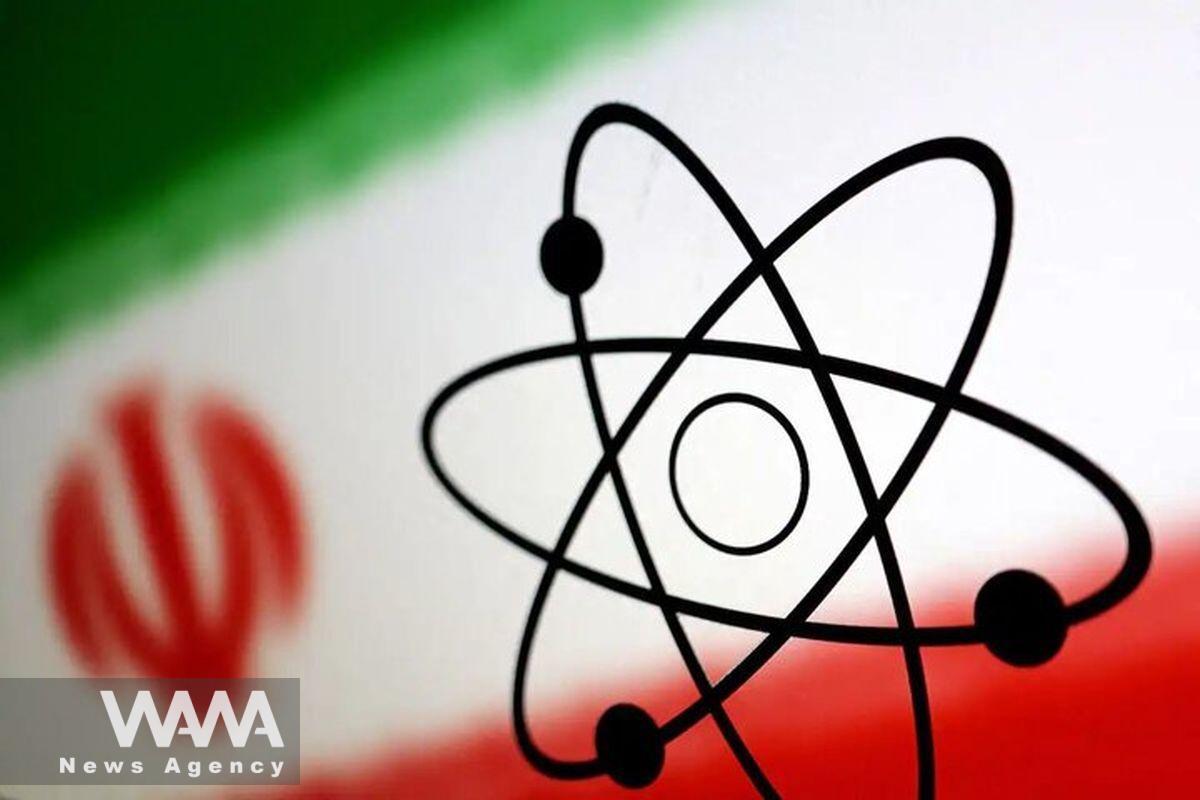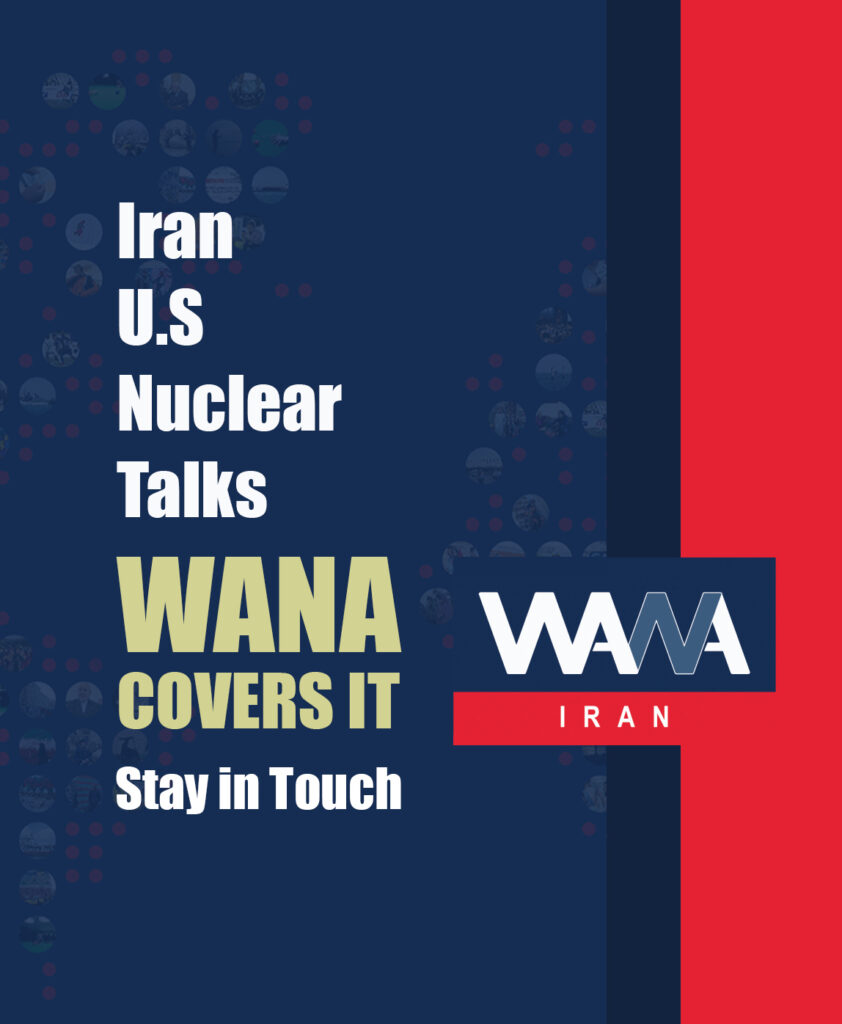Why Is the Proposal for Iran to Buy Uranium Not Practical?
WANA (May 02) – Amid ongoing tensions and complex negotiations between Iran and the United States, regional political and diplomatic developments have entered a new phase. As consultations continue in Oman, analyzing the political landscape surrounding these talks has become increasingly important. What adds to the complexity is the conflicting statements from U.S. officials—especially Donald Trump—and the shifting regional and international approaches toward Iran’s nuclear issue.
A key aspect of this situation is the return of the concept of “diplomacy with threats” to the core of U.S. policy toward Iran—a model known in international relations as “coercive diplomacy.” Contrary to the popular belief that the U.S. has moved past military threats, current evidence suggests that Washington is pursuing a blend of diplomacy and pressure tactics, including the threat of military action. This approach is consistent with Trump’s first administration.
Trump’s recent remarks suggesting that Israel might take military action—even if a deal with Iran is reached—clearly reflect this dual-track strategy. He finds himself in a position where he must reassure his long-standing ally, Israel, while also keeping Iran engaged at the negotiation table. From this perspective, part of Trump’s rhetoric appears more tactical than strategic—sending simultaneous messages to both Tel Aviv and Tehran.
Meanwhile, the old proposal for Iran to purchase enriched uranium from the global market instead of producing it domestically has resurfaced. However, the failed attempts from the 2000s, along with various legal and logistical challenges, cast serious doubt on the feasibility of this plan. Discrepancies in export regulations across countries, requirements set by the International Atomic Energy Agency (IAEA), and unresolved issues between Iran and the Agency all present significant obstacles.
On the other hand, a temporary agreement is now being considered a more realistic option. Given that the current focus of negotiations is limited to the nuclear file—temporarily setting aside missile and regional issues—reaching a comprehensive deal within Trump’s proposed 60-day timeline seems unlikely. Oversight mechanisms in various domains and the absence of binding international frameworks—especially for the missile program—add layers of complexity.
In analyzing the key variables affecting the negotiation process, one cannot ignore the interplay between structural factors and individual actors. Trump’s personality, Israeli pressure, and the U.S. political climate are deeply interconnected, making decisions in this area the result of a complex interaction. Advisors, lobbyists, and even domestic political rivalries in the U.S. also carry considerable influence. For example, statements from Democratic figures like John Kerry indicate that internal American politics can also shape the course of negotiations.
In the realm of foreign policy, China and Russia approach the talks from different angles. Russia appears more interested in playing a role or even disrupting the process, whereas China is focused on speeding up negotiations and reaching an agreement for the sake of regional stability. Iran, by maintaining a balanced posture, has sought to preserve its diplomatic independence while keeping ties with both powers.
Overall, developments in Yemen, the regional landscape, and the current state of negotiations suggest that the U.S. is not aiming for full-scale war. The primary goal is to escalate pressure through the threat of limited, targeted strikes. Yet even these threats are more psychological and media-oriented tools than actual operational plans.
Ultimately, the future of the talks depends on the political will of both sides. Despite the relative silence of the American negotiating team—driven more by the complexity of the situation than by any particular tactic—if a preliminary agreement is reached, there may be a path forward. But if negotiations break down, the fallout will go beyond the diplomatic sphere and have economic and political consequences as well. All eyes are now on the third round of talks—one that could determine the future direction of Iran-U.S. relations.












